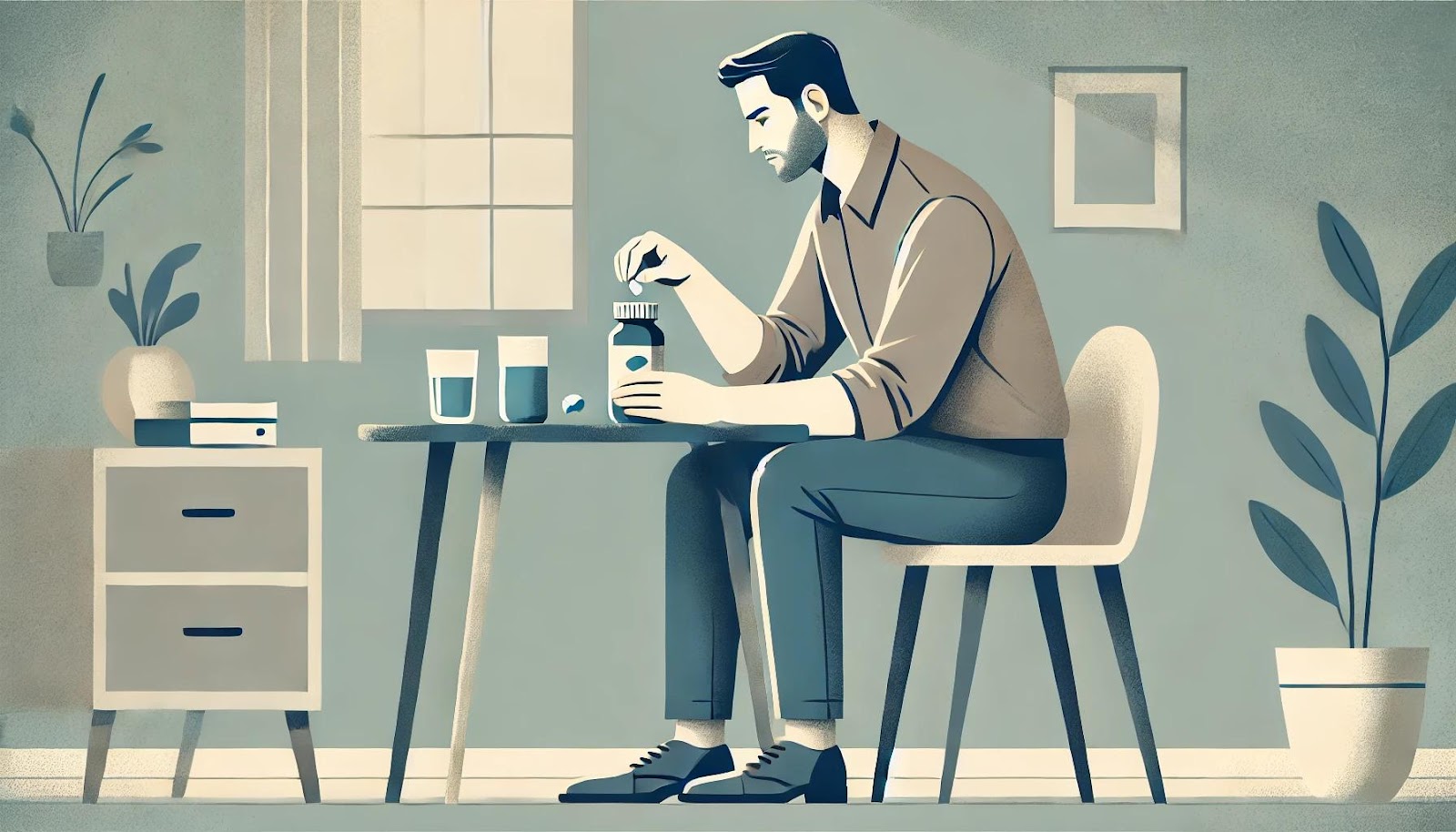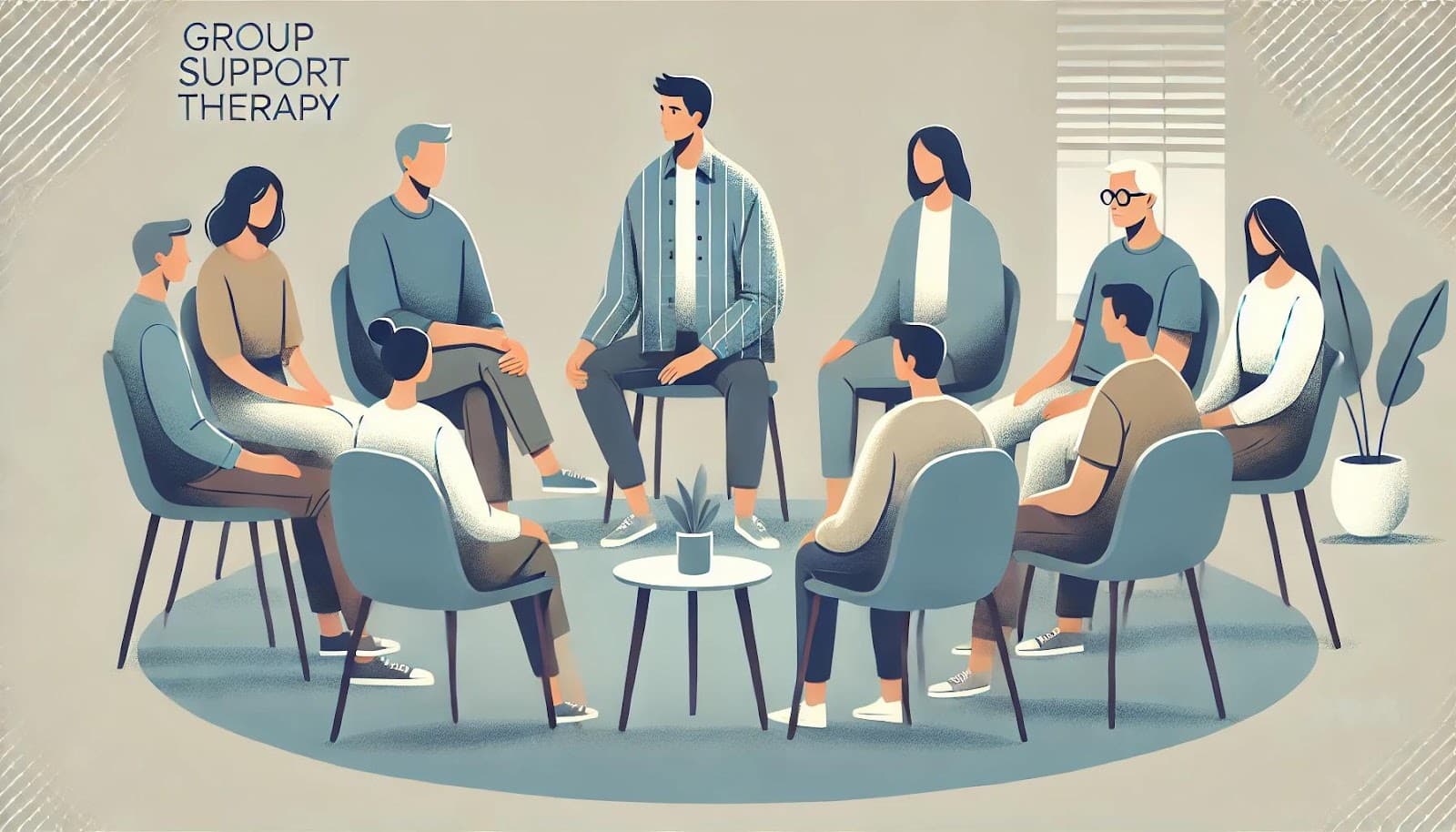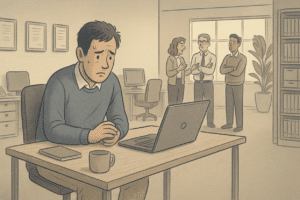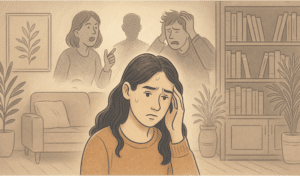Key Takeaways
- Dysthymia is characterized by a mild but persistent depressive mood that subtly affects daily life, while major depression features acute, severe episodes that drastically disrupt daily functioning.
- Long-term management of dysthymia often involves continuous medication, therapy, and lifestyle adjustments, whereas major depression may require rapid medication adjustments and intensive psychotherapy.
- Both dysthymia and major depression can benefit from cognitive behavioral therapy (CBT), with dysthymia focusing on long-term coping strategies and major depression targeting quick remission of symptoms.
- Support groups and community resources play a crucial role in the treatment of both disorders, offering long-term support for dysthymia and immediate help during acute episodes of major depression.
- A Mission for Michael provides specialized, whole-person care for persistent depressive disorder, combining traditional and innovative therapies suited to individual needs to ensure the best possible recovery path.
Exploring Dysthymia and Major Depression in Depth
Dysthymia: Persistent Subtlety
Dysthymia, or persistent depressive disorder, presents as a mild but long-lasting form of depression, with symptoms like a continuous low mood, hopelessness, and low self-esteem. It subtly affects daily life and can be mistaken for an individual’s personality, making diagnosis and treatment challenging. Continuous management through medication, therapy, and lifestyle adjustments is crucial.
Major Depression: Acute Disruption
Major depression features intense, episodic symptoms that disrupt life significantly. These include severe mood swings, loss of interest in activities, and potential suicidal thoughts. Such episodes demand immediate and robust intervention strategies, including medication adjustments, intensive psychotherapy, and possibly hospitalization.
| A Mission For Michael: Expert Mental Health Care Founded in 2010, A Mission For Michael (AMFM) offers specialized mental health care across Southern California, Washington, and Virginia. Our accredited facilities provide residential and outpatient programs, utilizing evidence-based therapies such as CBT, DBT, and EMDR. Our dedicated team of licensed professionals ensures every client receives the best care possible, supported by accreditations from The Joint Commission and the California Department of Health Care Services. We are committed to safety and personalized treatment plans. Start your recovery journey with AMFM today! |
Core Symptoms at a Glance
| Symptom Category | Dysthymia | Major Depression |
| Chronic Low Mood | Persistent low mood, subtle and enduring, diminishing interest in activities without acute disruptions. | Episodic severe depressions, marked by acute sadness and loss of interest in activities. |
| Sleep Patterns and Appetite | Mild, chronic changes like insomnia or excessive sleep, and slight weight fluctuations. | Dramatic disturbances in sleep and significant weight changes, either loss or gain. |
| Energy Levels and Fatigue | Continuous profound exhaustion affecting daily tasks and productivity, generally mild but persistent. | Severe energy loss occurring in acute episodes, significantly impacting daily functioning during those periods. |
| Genetic and Family Influences | Long-term risk increased by family history, requiring sustained monitoring and early intervention. | Family history also increases risk, but might prompt acute and intensive interventions during episodes. |
| Biological Factors and Brain Chemistry | Subtle, long-lasting neurotransmitter imbalances affecting mood regulation over extended periods. | Pronounced chemical imbalances requiring immediate, aggressive treatment to restore stability. |
| Environmental Triggers and Life Stressors | Chronic stress or traumatic events necessitate ongoing coping strategies due to persistent nature. | Similar triggers require intensive, short-term coping mechanisms during acute depressive episodes. |
| Coexisting Mental Health Conditions | Often coexists with conditions like anxiety, complicating long-term management and treatment. | Frequently occurs with other conditions; treatment may emphasize integrated and intensive plans during episodes. |
Approaches to Treatment for Dysthymia and Depression

Medication can help regulate mood and alleviate symptoms of persistent depressive disorder.
Role of Medications in Managing Symptoms
For both dysthymia and major depression, medications such as selective serotonin reuptake inhibitors (SSRIs) and serotonin-norepinephrine reuptake inhibitors (SNRIs) play a crucial role. They enhance neurotransmitter levels in the brain, which can improve mood and alleviate symptoms.
The application and duration of medication can vary: dysthymia often requires long-term medication management to maintain stability, whereas major depression may require adjustments in dosages during acute episodes to quickly rebalance brain chemistry.
Effective Psychotherapy Techniques
CBT is a cornerstone of psychotherapy for both disorders. For dysthymia, CBT helps in recognizing and modifying long-standing detrimental thought patterns and fostering healthier coping strategies over time. In the treatment of major depression, CBT is often focused on achieving quick remission of acute symptoms and developing strategies to prevent relapse.
Lifestyle Modifications and Self-Care Practices
Engaging in activities such as walking, swimming, or yoga is beneficial for both conditions as these activities increase endorphin levels, which can improve mood and alleviate stress. A nutritious diet rich in omega-3 fatty acids, whole grains, and lean proteins is essential in supporting brain health. Adequate sleep is crucial, with a focus on establishing consistent sleep patterns for dysthymia and addressing sleep disturbances more aggressively in major depression.
Benefits of Support Groups and Community Resources
Support groups and community resources are vital for both dysthymia and major depression, as they allow individuals to share experiences and connect with others facing similar challenges.
For dysthymia, the long-term nature of the condition means ongoing support is beneficial, while in major depression, immediate support can be crucial during acute episodes.
Engaging with mental health workshops and counseling services through these resources can enhance knowledge, provide support, and foster a sense of empowerment beneficial to the recovery process.
Living with Dysthymia and Depression: Strategies for Daily Life
Setting Realistic Goals and Expectations
Progress can be gradual and often non-linear. Breaking tasks into smaller, manageable steps can help prevent feelings of overwhelm.
It’s crucial to celebrate each achievement, no matter how small, as this helps build confidence and maintains motivation. This approach keeps the long-term nature of dysthymia in perspective and supports a steady path to recovery.
Engaging in Regular Physical Activity
Regular physical activity is a key strategy in managing dysthymia. It stimulates the release of endorphins, natural chemicals in the brain that enhance mood and overall feelings of well-being.
Aim for at least 30 minutes of moderate exercise on most days of the week. Choosing activities that you enjoy, such as walking, dancing, or participating in team sports, ensures consistency and enhances enjoyment in your exercise routine, making it a sustainable part of your lifestyle.
Why Choose A Mission for Michael for Your Mental Health Disorder?

AMFM treatment centers in California, Washington, and Virginia provide personalized, whole-person care for dysthymia and depression.
At A Mission for Michael, we understand the challenges of living with a severe mental health disorder. Our comprehensive treatment centers in California, Washington, and Virginia are dedicated to providing whole-person care that combines traditional and holistic approaches. Starting with a thorough depressive assessment, we tailor our programs to meet your unique needs, ensuring a personalized path to recovery.

A Mission for Michael offers tailored therapies and expert care for managing dysthymia and depression.
Our services extend beyond conventional treatment, embracing innovative therapies that address both the emotional and physical aspects of depression. Whether it’s through counseling, medication management, or support groups, our goal is to foster an environment where you can thrive.
With a focus on individualized care, we help you manage the complexities of PDD, supporting you every step of the way towards a more fulfilling life.
For immediate assistance and to learn more about how we can help, please contact us today. Your journey to recovery is just a phone call away.
Start your recovery journey with AMFM today.
Frequently Asked Questions (FAQ)
What are the main differences between dysthymia and major depression?
Dysthymia, or persistent depressive disorder, is characterized by a chronic low mood, hopelessness, and low self-esteem that subtly affects daily life over a long period. In contrast, major depression features severe, episodic symptoms such as intense mood swings and loss of interest in activities, which require immediate and robust intervention.
How do symptoms of dysthymia and major depression differ in daily impact?
Dysthymia’s symptoms are mild but enduring, often affecting one’s life subtly and continuously, which might be mistaken for an individual’s personality. Major depression’s symptoms are more intense and disruptive, causing significant disturbances in daily functioning during episodes.
What treatment options are effective for dysthymia and major depression?
Both conditions may be managed with medications like SSRIs and SNRIs, but the approach varies. Dysthymia typically requires long-term medication management to maintain stability, whereas major depression might need dosage adjustments during acute episodes. CBT and lifestyle modifications are also crucial for both.
Can lifestyle changes complement medical treatments for dysthymia and major depression?
Yes, engaging in physical activities like walking or yoga, maintaining a nutritious diet, and getting adequate sleep are vital for managing both conditions. These lifestyle choices help improve mood, reduce stress, and support overall brain health, complementing medical treatments.
Why choose A Mission for Michael for your treatment of persistent depressive disorder?
AMFM offers specialized mental health care designed to address the unique challenges of persistent depressive disorder. Our accredited facilities across Southern California, Washington, and Virginia utilize evidence-based therapies like CBT, DBT, and EMDR to provide comprehensive, whole-person care.







